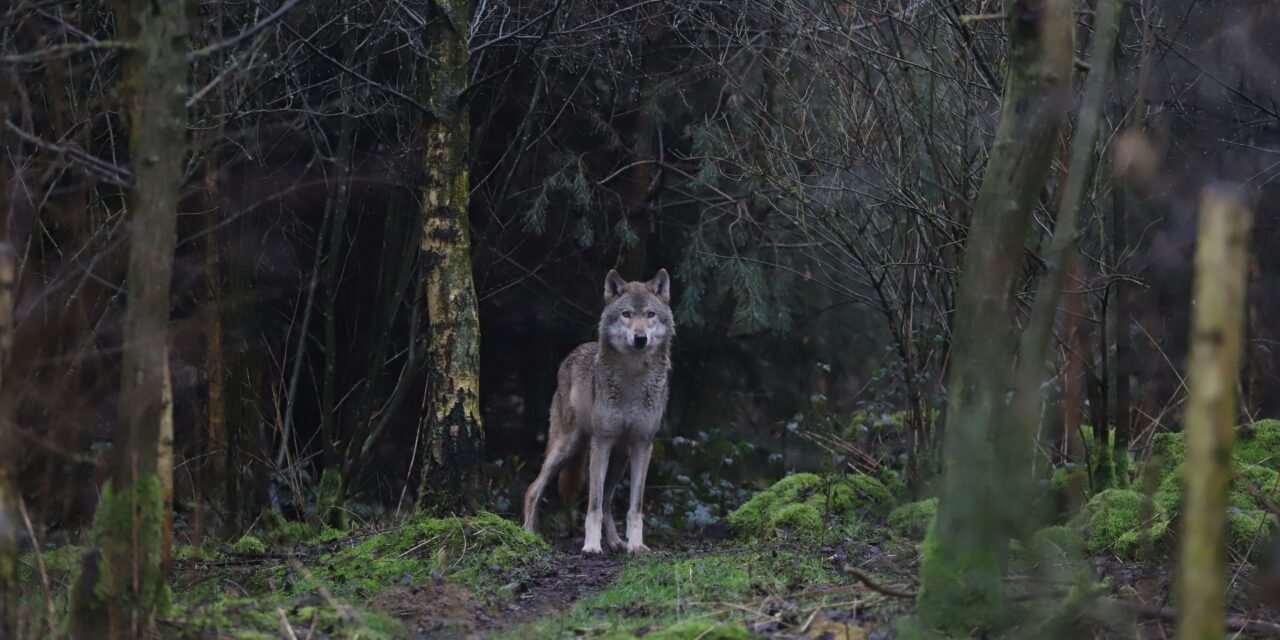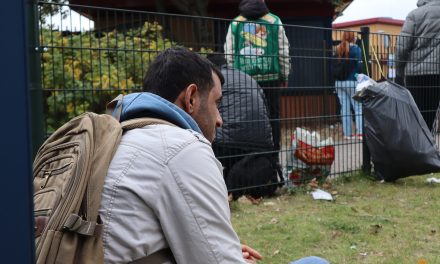After an absence of over a century wolves have rapidly recolonized Western-Europe. Either seen as the symbol of European wildlife conservation efforts, or as a bloodthirsty predator killing livestock and striking fear in the hearts of people. Statistics don’t support this fear and its recolonization could be seen as a return to the homeland.
Disappearance of European wolves
At the end of the 19th century the last wolves were killed in Western-Europe. The Eurasian wolf (canis lupus lupus) had always been living among Europeans, but was no longer welcome in its natural habitat. Human efforts to eradicate the animal from their surroundings succeeded. Since then most of Western-European countries did not house or encounter wolves for over the century. The European wolf population had pulled back and mainly existed in Eastern Europe behind the iron curtain.
Resurrection of European wolves
Becoming a protected species was a blessing to the wolf as their population started growing and wolf territories were increasing. The Greens/European Free Alliance, a political alliance in the European parliament, strongly supports the conservation of European wolves: ‘They have an integral role to play in Europe’s ecosystems, systems which have been destabilized and weakened by human activity. The wolf acts like a natural regulator within the ecosystem, by keeping populations of other species like deer in check, providing feeding opportunities for countless scavenger species and redistributing nutrients.’ During the last decades Wolves became more abundant in Eastern Europe and in search for new territories quickly spread across the rest of Europe. The EU member states currently accommodate approximately 14.000 wolves. A wolf pack needs about 200-250 square kilometers to be able to feed on sufficient amounts of prey.
Wolves moving West
Jos de Bruin has worked with and raised wolves for 25 years. He currently lives near the German-Dutch border where he shelters several wolves. De Bruin explains why wolves from the east are migrating to the west: ‘Young wolves wanting to have their own territory will keep on moving until they come across a large enough stretch of land where they can settle to start their own pack.’ These wolves were indeed the first kind of wolves which entered countries like The Netherlands and Belgium recently, which were the last countries to be visited again by wolves. In these countries its appearance set off an immediate debate on whether or not this apex-predator should be part of the landscape. Especially shepherds owning attacked herds emotionally protested its presence.
Ecologist Erwin van Maanen explains why wolves will more often be spotted in The Netherlands the upcoming years
Different views on wolves
Wolves are either perceived as vicious killers of people and livestock or as majestic symbols of ultimate wilderness surrounded by folklore. This first view seems most prominent in the current debate surrounding the recolonization of Western-Europe by wolves. Especially the killing of livestock sparks outrage among shepherds and farmers. In France for example the latter group protested against livestock killings by wolves in 2017, calling for action and recognition of this issue. Farmers across Europe also started taking their own measures by illegally killing the protected species.
Hunting-instinct
Wolves indeed kill livestock on occasion, especially young roaming wolves coming across unprotected herds of sheep are the malefactor. ‘Sheep, and to a lesser extent goats, represent the most abundant and most widespread livestock killed by large carnivores … during 2012-2016 an annual average of 19,500 sheep were reported killed by wolves’, according to a report commissioned by the EU Agri Committee. Jos de Bruin: ‘The hunting instinct of wolves is triggered especially by movement. When the sheep start panicking during an attack the wolf starts attacking any moving thing within its range. A single wolf can cause a lot of havoc as a result’.
Ecologist Erwin van Maanen explains which factors also influence the high number of killed sheep by wolves
Lack of prevention and protection
Although the arrival of wolves in Western-Europe was predictable, almost no measures were taken by countries which were soon to be housing wolves. This made it easy for wolves to attack sheep, which then resulted in public outrage on how cruel the animals presence quickly became. A somewhat ambiguous outrage since mankind seems to be the most bloodthirsty species, seen the billions of animals which are killed by humans within the EU.
Wolf presence undeniably leads to suffering shepherds, as losing part of a herd can be an emotional and economic burden. Most European countries have compensation regulations in place to cover financial loss, although this does not solve the emotional burden. Most herds are poorly protected or not at all protected and knowledge on effective techniques for preventing wolf attacks seemed to have been lost. De Bruin: ‘Sheep can be easily protected in many ways, through electric fences, guard dogs or other techniques’.
Ecologist Erwin van Maanen explains flattery: a low-cost alternative prevention method for protecting sheep herds
Image of the wolf
As a result of the absence of wolves and only encountering them in popular culture a clear image of the wolf seems to have been lost. People fear for their children playing in woods where wolves might be living or fear for themselves as the animal invades their surroundings. This fear is understandable but has no present factual basis. Wolf attacks on people rarely happen in Europe and if they do so are mostly the result of very specific exceptional circumstances.
Ecologist Erwin van Maanen shares his own experience with and view on the Wolf
Hopeful effects of wolves’ presence
Their presence may seem scary, but actually could mean a huge benefit to nature. Lacking a top-of-the-food-chain predator has lasted long, but can create cruel and unnatural situations. The starvation of horses and deer in the Dutch Oostvaardersplassen as a result of the absence of predators is an exemplary situation. Wolves will hunt for the weakened, older or in any way vulnerable prey, by eliminating these animals wolves contribute to a more healthy and resilient wildlife population. In Yellowstone National Park in the United States wolves were introduced and seem to have had a positive influence on biodiversity and resilience of species populations. This even resulted in the flourishing of several tree species. The exact impact of wolf presence on nature is still unknown, but the experiment called ‘conservation’ shows some hopeful perspective.




